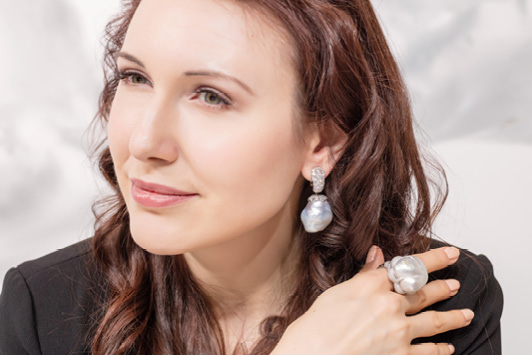
Influencer marketing is one of the fastest-growing segments in the advertising industry — and possibly the least understood among traditional marketing professionals.
The term “influencer” refers to “an individual who has the power to affect purchase decisions of others because of his/her authority, knowledge, position or relationship with his/her audience,” explains online resource Influencer Marketing Hub. That power usually comes from a large internet following, be it through blogs, social media, or other web platforms. But there’s still confusion at advertising companies regarding how to choose influencers, what to pay them, how much of one’s budget to devote to them, and how to measure success.
More effective than ads
In 2017, marketing firms spent an estimated $2 billion on this category, and that number could reach $10 billion by 2020, according to Giordano Contestabile, CEO of advertising platform Activate by Bloglovin’. On Instagram alone, the sector is poised to hit $2 billion by 2019, reports Mediakix, another influencer-marketing agency. The rise of influencers is due to a number of factors — the biggest of which is that people are no longer responding to traditional digital marketing, says Gil Eyal, CEO and cofounder of HYPR Brands, which provides analytics for influencers across social platforms.
“As brands look to use the programmatic solutions they have become accustomed to, they come across a world where every page displays significantly more ads (leading audiences to simply ignore them), every browser has an ad-blocker (leading to ads being removed), and upcoming millennial and Gen Z users have grown accustomed to completely ignoring traditional advertising,” he explains. “The result is that influencers have become a go-to channel for brands looking to reach audiences that are not responding well to advertising.”
Another reason for the shift is that younger people in particular find an influencer’s endorsement more credible and authentic than standard ads.
“Gen Z-ers will account for 40% of all consumers by 2020, and 92% of [today’s] consumers trust influencers more than advertisements,” says Eyal. “Influencers can carry an element of credibility and cool factor to a brand that perhaps cannot be replicated by traditional methods of advertising. Partnering with influencers who are considered key opinion leaders in their area of expertise [among] an audience already interested in your brand or product ensures relevancy, engagement and, hopefully, conversions.”
Claim to fame
There are many examples of large jewelry and watch brands working with celebrities. One of the more successful collaborations with an influencer is between blogger Jacey Duprie of Damsel in Dior, and New York-based designer David Yurman, suggests Mike Froggatt, director of the intelligence division at digital business research firm Gartner L2.
“Jacey actually called out her favorite pieces from the brand organically and then entered into a paid partnership with the brand to produce ongoing content,” Froggatt says. The collaboration included a promotion on Instagram to give away 12 David Yurman Signature pinky rings to those who liked and commented on the designer’s and Duprie’s posts.
Keeping it small
Most jewelers, however, don’t have the resources to partner with a celebrity or mass-market influencer. Both Froggatt and Eyal recommend working with micro-influencers — those with fewer than 10,000 or 100,000 followers, depending on whom you ask — who specialize in jewelry.
“Brands can access a host of influencers with smaller followings,” Eyal says. “This strategy is cost-effective and exposes your brand to an intimate, interested and engaged audience — and most importantly, an audience likely to purchase your product.”
Of course, it’s important to choose the right partner, he adds. “Just like any other form of marketing, jewelers should identify their audience and find influencers that can reach that audience and deliver a message that resonates.”
Froggat advises smaller jewelers to be creative about the ways they work with influencers, be they micro or macro. For instance, jewelers can loan them pieces to showcase in social media or blog content, “using the same [tactic] the bigger names have used at events like the Oscars for years,” he says. “Don’t be afraid to reach out to influencers and offer a tour of a store or to propose potential partnerships. Many effective large and mega-sized influencers are open to pitches, and appear at events, contribute to media, and have large digital followings.”
Image: katerinaperez.comArticle from the Rapaport Magazine - June 2018. To subscribe click here.